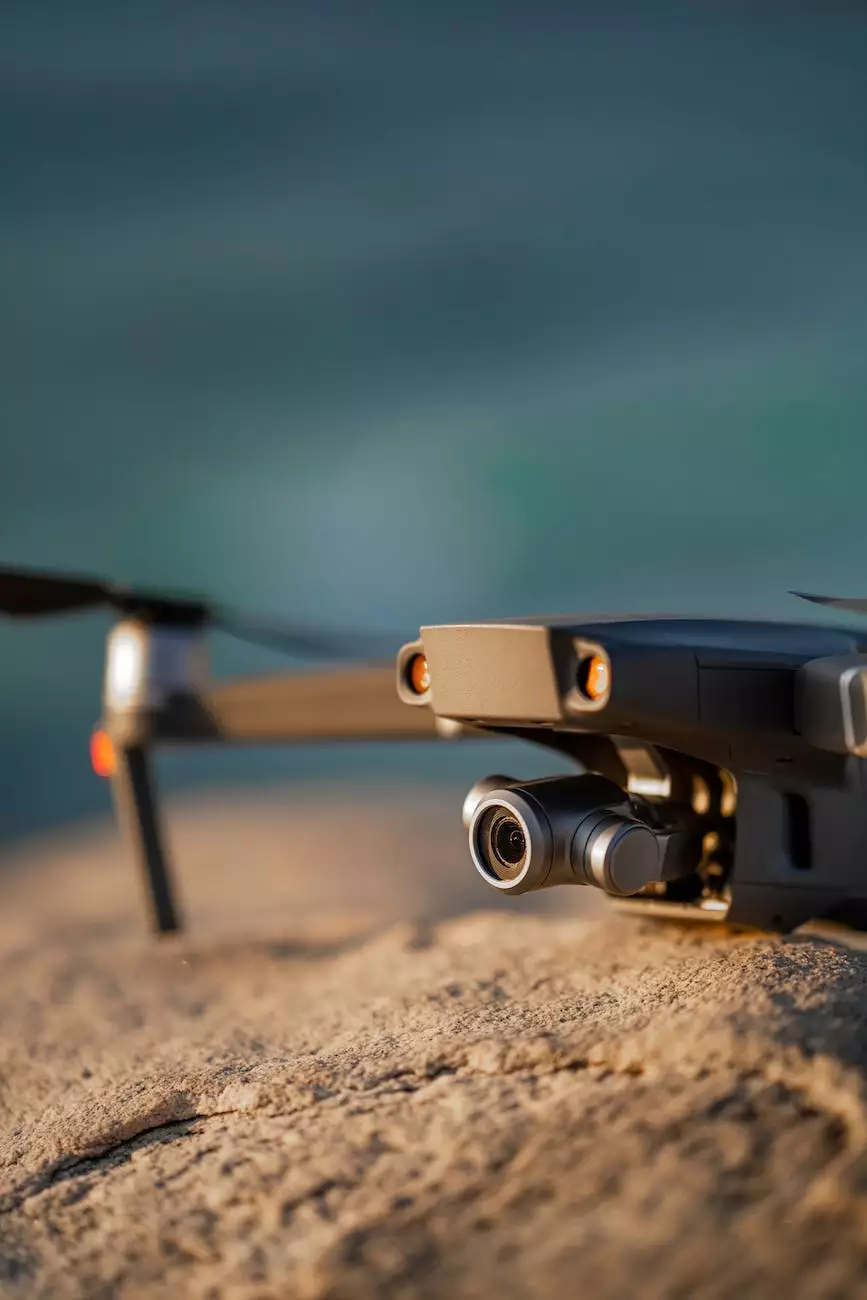Haptic Vibration Actuators | Which One Do I Need?
Design & Build Services
Introduction
Welcome to RPM Design and Prototype's comprehensive guide on haptic vibration actuators. If you are wondering which haptic vibration actuator is right for your project or application, you have come to the right place. In this guide, we will explore the different types of haptic vibration actuators, their features, and applications. By the end of this article, you will have a clear understanding of which haptic vibration actuator suits your needs best. Let's dive in!
Understanding Haptic Vibration Actuators
Haptic vibration actuators are devices that produce precise and controlled vibrations to simulate tactile sensations. These actuators are commonly used in industries such as consumer electronics, gaming, automotive, medical, and more. They enhance user experiences by providing realistic feedback, improving interaction, and increasing immersion.
Types of Haptic Vibration Actuators
There are several types of haptic vibration actuators available in the market, each with its own unique characteristics. Let's take a closer look at the most common types:
Eccentric Rotating Mass (ERM) Actuators
ERM actuators, also known as vibration motors, are widely used due to their simplicity and cost-effectiveness. They consist of an eccentric mass that rotates to generate vibrations. ERM actuators are commonly found in mobile phones, wearable devices, and game controllers.
Linear Resonant Actuators (LRAs)
LRAs are known for their precise vibration control and low power consumption. Unlike ERM actuators, LRAs produce vibrations by moving a mass in a linear motion using an electromagnetic voice coil. They are commonly used in haptic feedback systems for touchscreen devices.
Piezoelectric Actuators
Piezoelectric actuators rely on the piezoelectric effect to generate vibrations. They convert electrical energy into mechanical energy through the deformation of piezoelectric materials. Piezoelectric actuators offer fast response times and high-frequency vibrations, making them ideal for applications where quick and precise feedback is required.
Linear Actuators
Linear actuators are versatile devices that can generate vibrations as well as linear motion. They consist of a motor-driven mechanism that converts rotary motion into linear motion. Linear actuators are commonly used in automotive applications, medical devices, and industrial automation.
Factors to Consider when Choosing a Haptic Vibration Actuator
When selecting a haptic vibration actuator for your project, there are several important factors to consider:
- Vibration Strength: Determine the required level of vibration intensity for your application.
- Power Consumption: Consider the power requirements and efficiency of the actuator.
- Response Time: Evaluate the actuator's response time to ensure it meets your needs.
- Physical Size: Take into account the dimensions and form factor of the actuator for proper integration.
- Cost: Assess the overall cost of the actuator, including manufacturing and maintenance.
Applications of Haptic Vibration Actuators
Haptic vibration actuators find extensive use in various industries and applications. Some common applications include:
Mobile Devices
Haptic vibration actuators are widely utilized in smartphones, tablets, and smartwatches to provide users with tactile feedback when typing, receiving notifications, or interacting with virtual interfaces.
Gaming
In the gaming industry, haptic vibration actuators are employed in video game controllers to enhance the gameplay experience by simulating realistic vibrations, impacts, and forces.
Automotive
Automotive manufacturers integrate haptic vibration actuators in vehicle dashboards, steering wheels, and pedals to provide subtle vibrations or alerts for navigation, blind-spot detection, and driver assistance systems.
Medical Devices
Haptic vibration actuators play a crucial role in medical devices such as surgical simulators, prosthetics, and rehabilitation equipment. They provide realistic haptic feedback, aiding in training and rehabilitation processes.
Conclusion
Choosing the right haptic vibration actuator requires a thorough understanding of the different types, features, and applications available. At RPM Design and Prototype, we are dedicated to helping you make informed decisions. We hope this guide has provided valuable insights into haptic vibration actuators. If you have any further questions or need assistance, please don't hesitate to reach out to our team. Empower your project with the perfect haptic vibration actuator today!










